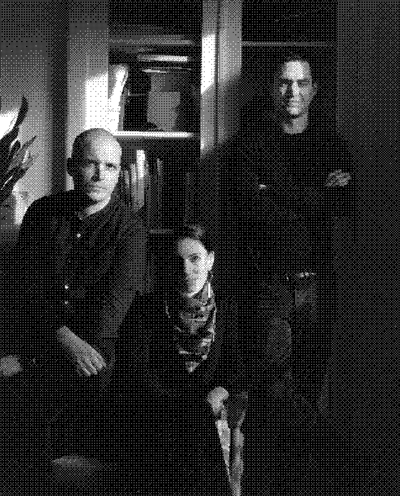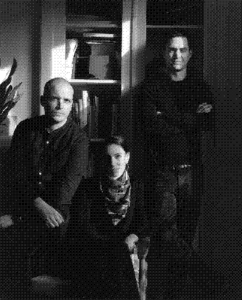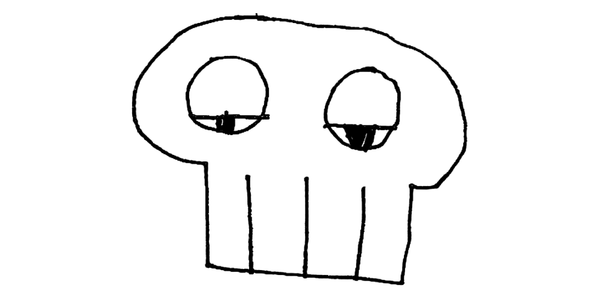Could you please introduce yourself?
My name is Brian Roettinger and I live and work in Los Angeles.
You work at Perron‐Roettinger, how do you present the structure?
We are kind of still figuring that out but at the end of the day our core is that we are designers, so we design and make things. But we are also creative thinkers and think about strategy and problem solving in the form of visuals, visual media and language. And beautiful and ugly things that we feel are necessary.
What’s your current state of mind?
It’s getting better you know. Coming off of one of the strangest years of our lifetime. Surprisingly, as creative we had a bit of work and were really busy, but I miss the environment that we were working in, the studio which is very collaborative, a laboratory of thinkers with constant dialogue between everyone, in between the departments, the art directors, the creative directors, the designers, the architects, Willo, myself… I very much miss that, but I can see it coming back. I see it at the end of the tunnel and that’s all I can hope for. I’m a bit optimistic and I’m feeling good about it.
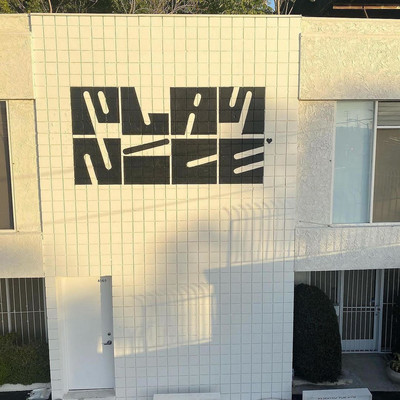

Perron-Roettinger’s office
Last year and this year, were you also working remotely, like we were doing in Paris?
Yeah, we worked remotely from march to probably the middle of the summer and then, couple of us started to come into the office because we were more productive here. Willo, myself and a couple of others come in everyday but the majority of our studio still works from home. It works, it’s a bit more challenging and things take longer but just like the rest of the world, we’re figuring it out. We are looking forward to all being back together under the same roof.
We read you were skateboarding and playing in lots of bands and then you started graphic design for bands before studying, is that correct ?
Skateboard and music were kind of my gateway drug. I always say this. It was my gateway drug into visual media and looking at design. Looking at records and seeing the Dead Kennedys logo and seeing the power of design in that sense kids could easily draw it on notebooks, like the Germs logo, which is just a blue circle. That was my introduction into design, album covers and bands. And then skateboarding. I grew up with skateboarding and worked at a skate shop so the graphic on skateboards and on t-shirts, logos, illustrations, photography… There was also style: the way people dress and why people dress a certain way, how they want people to perceive them. It really was about graphic design. That was what I wanted to do, in me it encompassed everything. I still look at that moment, I see it probably as one of the most important moments of my life as it shaped who I am.

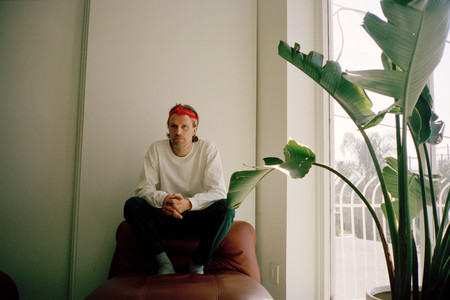
Brian Roettinger
You then studied graphic design, after graduating what did you think you would be doing? What did you think you career would look like?
I really didn’t know. Right when I graduated, I immediately had to get a job cause I realized the number of people who were graduating every year. The pool every year is getting bigger and bigger and bigger. There were still lot of jobs but the type of job I wanted to do, especially in Los Angeles, there were just a few. Working for a cultural institution, being able to do print, media, books, posters… there wasn’t that much here at that moment. I hit the ground running and took the first job which I could get which was in an ad agency. And I immediately knew it wasn’t for me. With that, I knew that I wanted to work for myself, I didn’t want people to tell me what to make, I wanted to tell people what they should make. Being a designer in the ad world, especially as a first job, it just wasn’t the sort of design culture I wanted to live in. At the beginning and end of it all, I knew I wanted to have my own studio. Even though I had to work at SCI-Arc (ie: Southern California Institute of Architecture) for 5 years, on the side I still had my own office and studio, because I knew eventually, I would depart from having a job and my identity would solely be like me, my work in the studio.
You had your own practice before starting to work with Willo?
Yeah, for a while, since 2009. That work was primarily doing stuff with bands such as Beach House, No Age, and Liars and smaller bands, and doing exhibition catalogues for artists and museums.
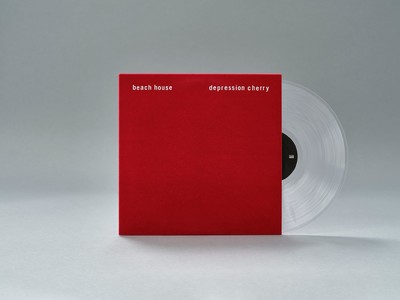
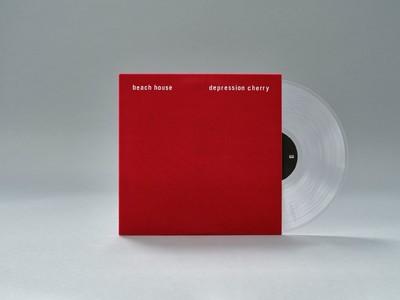
Beach House Depression Cherry (2015)
When did you start working with Willo?
Willo and I met through mutual friends over 10 years ago. In 2013, he had seen lots of work I had done, album packages and all that and he was ’Would you want to work on a Jay-Z record?’ so I replied ‘Yes of course’ so in 2013 we worked on Magna Carta Holy Grail. It was kind of perfect pairing because it was Willo, Ari Marcopoulos and myself and we all brought something different, a very collaborative team. Every bit of it was considered from the imagery to the digital narrative, to the typography to the rollout to the merch, to the tour. It was successful in its visual language but also in the sense of knowing that we could collaborate.
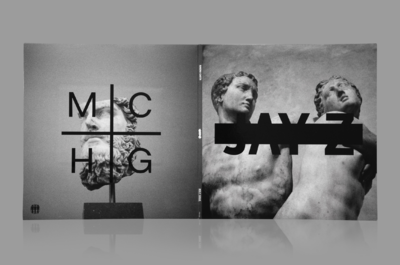
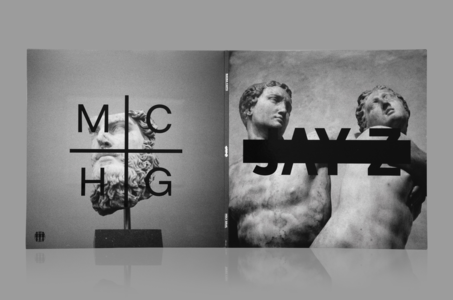
Jay Z, Magna Carta Holy Grail (2013)
What was your intuition then? Could you see it growing as a partnership with Willo?
We worked together again after that project and it’s funny because a couple of years after that we started the conversation ‘oh we should combine forces and build something bigger’. There was always that conversation, but it just took some time to do it, we were both busy, had a lot of projects, had to figure out what it meant for both of us and what kind of work we also wanted to do. Both of us love music and come from music but at the heart of it, it wasn’t something we wanted to do for the rest of our careers. We wanted to pivot and expand, not just be the guys who were doing cool music stuff. I think we enjoyed that, but we have much larger inspirations.
Yes, it seems you really like print, and working on book projects as well?
Yeah, lots of books, typography, typefaces, exhibition catalogues. You know, lots of my background is print and making books, catalogues and print media.
I’m obsessed with paper, the way books are made and the process of how to make a book with an artist, and how to make a book with someone who is not an artist. How an artist’s work exists on a printed page rather than in real life, and how you tell that story over a printed page. Books are much bigger than just being a catalogue, they need to be an extension of the artist’s idea.
I work with this artist Aaron Curry a lot and our dialogue and collaboration is so in tune. When we make books, they are meant to be the final layer in the work. It’s not about making a catalogue so people can see the work and buy it. It is part of the work itself so it’s an artwork. It is a book but at the end of the day it’s an artwork to him. That’s important.

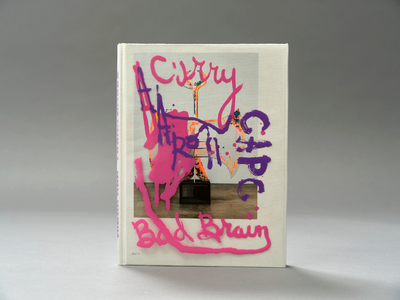
Aaron Curry Bad Brain Bad Dimension Press (2015)
When did you settle on the naming? It does sound like a naming for an ad agency from the Mad Men era…
It’s kind of funny, we like that. It took us forever to come up with a name and at the end of the day we were just ‘maybe just our last names’ what else can it be? You can come up with a name that has more of a conceptual meaning but at the end of the day, we didn’t want to change the name and people to forget that that was us. ‘who is that? oh Brian & Willo… oh weird why are they called General contractor or some random name…?’ it made more sense with our names.


You graduated in LA and previously mentioned the importance of LA in your style and in your design, can you explain ?
It has very much changed. Being from here, living my entire creative life here, spending my teenage life and my childhood here. It very much shapes the way you think and the speed at which you move. LA for the better part has sort of a history. Whether it’s in music or art or design, it doesn’t take itself so seriously and is a bit more expressive, a bit more rough around the edges and is made up of renegades. People aren’t here to be super buttoned up and professional, they are more risk takers, especially in music. That’s where I’m bringing up The Germs, first wave punk band… They started a band, none of them knew how to play an instrument and they were ‘oh we can do this’. I think that’s the signature of Los Angeles. In the creative field, it doesn’t take itself so seriously, although the work and the ideas are super serious, it makes for a much more inventive landscape.
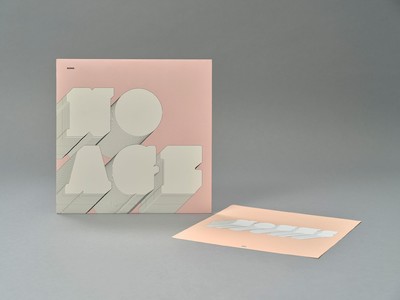

No Age, Nouns (2008)
You’ve talked about all these skateboarding and music references… Do you have new creative references now? Work you discovered which you really like?
It’s hard, we are bombarded with images and references. Social media, web content and walking on the sidewalks, you are always seeing something. Like any designer, I’m never not looking for inspiration. Even just walking in the street, seeing a fence that has been painted white and someone tagged on it and the graffiti got covered up in white, so with white on white, I think ‘Oh that’s a nice subtle contrast, what if you printed it white on white?’
There is inspiration everywhere, you just have to learn to look instead of having your blinders on. Lots of designers only look at design for influences whereas I try to do the opposite, I try to look everywhere, to look in places you are not supposed to look.
How is the everyday world made? So, when you need to find inspiration, or need to find references, your focal lens is super wide. I don’t ever discriminate where I find inspiration. I think only looking in front of you or looking at what is obvious is a bit limiting.

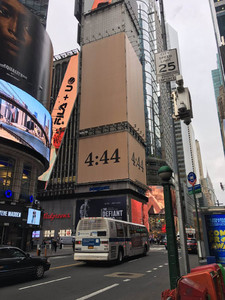
Jay-Z 4:44 (2017)
Is that the way you keep your level of creativity? By observing everything?
As a designer, it’s more about just constantly being curious. If you lose your curiosity for a designer, or for design thinking, or your curiosity for the way things look or how they are made, then you lose your ability to find inspiration. If you’re just on autopilot and only inspired by the things that are obvious or funny, that’s a bit limiting so yeah, just stay curious and expand your horizon, where you go, what you see, how you navigate.
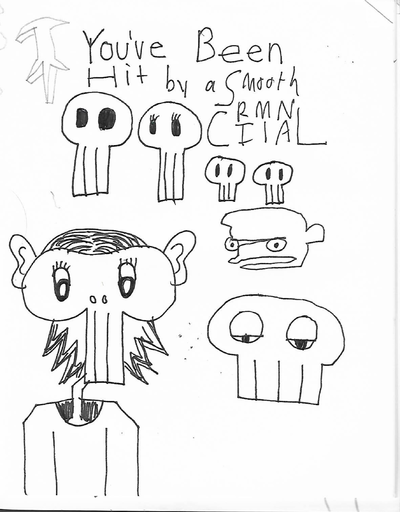

How do you make sure you maintain that creativity in the next 10 years, or do you think it can evolve?
As designers we constantly have to find that mood by pivoting, and I think that’s a moment we’re at. As creators and as a studio we were doing lots and lots of music, some interiors and lots of branding and now we are pivoting to doing lots of branding, lots of cultural institutional work, building and launching brands, and interiors with people. You need to be able to pivot… I don’t see any other way, design just sort of pours out of me and I don’t know any other thing I would do, it’s just who I am, my nature. Some designers find this is similar to exhaustion and being burnt out, but you can find new places to experience visual media, you take a break, have a conversation with people and it reinvigorates that. As designers, nothing is going to change, it’s just that one day we’ll still be designing but we’ll be designing something else, we’ll be designing spa retreats and that’ll be the new current interest.
You’re mentioning pivoting, is that also part of the reason of your association, you both thought you should do more branding?
We were always interested in that, we always wanted to do that, and we were doing that, more work started to come. We felt a lot of that work was more important and more challenging, a better way for us to express our ideas. It came naturally.
Regarding creative ideas, how do you think they have to be presented?
I think with any sort of designer, presenting ideas has to be as straight and direct as possible. Removing any layer that either dilutes or complicates a solution. We like to present ideas as nearly finished as possible and nearly as complete in their storytelling. Over our arc. We do a a lot of visual research but also strategic research on everything. And so, we present that research and show our design, our problem solving and our strategy, how we get to that point. We are not just designers who want to make things that are pretty. There is a much bigger heart to that. A much bigger, a much cleaner approach to how it makes people feel when they see it or when they experience it. That’s important to us: what does it mean, what does it make you feel and why.
Do you present ideas the old american fashion way, clients arrive in the room and there is already everything on the walls, no rational and you talk them through it ?
Every project is different, really. If we are dealing with some artists, there is lots of dialogue, back and forth, sending things, conversations…. it’s almost a visual banter of things back and forth. We are not this buttoned-up creative ad agency where people come into the studio and we reveal a curtain of massive, beautiful rendering. We are a bit more renegades, but we do present work that is very much complete in its ideas and in its visual form. Every brand or collaborator is different in the way we deal with them. You have to build trust with them and build a conversation where they understand your creative thinking and your problem solving. They must be willing to take the risk. And you have to show them why it’s important to take risks.
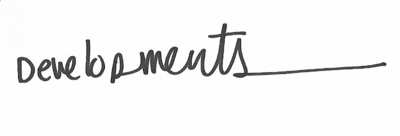

You seem to all be involved in the strategy, you don’t have any specific people specialised about it?
No, that’s just us. We don’t have a strategy department or strategy person or a marketing person. We are all designers, so strategy is just a creative thinking that involves design. It’s very much part of how we think.
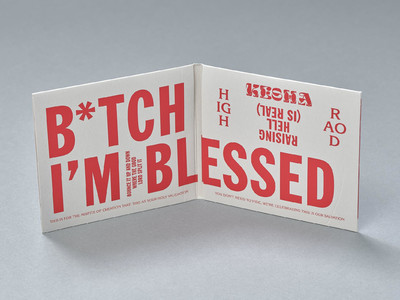
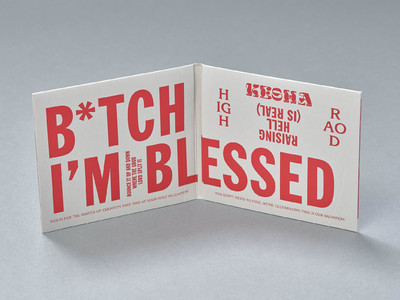
Kesha High Road LP/CD (2020)
A design which is problem‐solving?
Or instead of problems solving, it’s more like preventing problems from happening. You could have a new brand who hasn’t done anything so there are no problems to solve yet, you have to design it so you’re preventing any problems from happening. There are two-ways of thinking.
You mentioned some creative references you have, do you have some strategic ones? philosopher, books, or bands such as the Germs that you mentioned earlier?
I love the Germs! Actually, their strategy was they made t-shirts before they made any songs. They had t-shirts before they even played a show or had a song which is kind of interesting. Much.
Any other references in terms of development, in the way you approach business ?
Film is an interesting medium in terms of its relationship to how a book is made. Right now, I think Adam Curtis is something that inspires me in the pace of his films and the pace he reveals information and the story. It’s strategically inspiring, having these moments of breaks within the film, it makes me thing that in our own work where ideas can have arcs, you can have really loud moments, really quiet moments, moments when people can breathe, can be overwhelmed. That comes through a lot more in films than it does in design.
It can come through in the way you present. But it’s interesting to think about it in the terms of typography, in the design of a book or the design of a show when an artist performs. That’s kind of nice to think about it now in those terms.
You mentioned some brandings projects. Are there any big potential evolutions, developments for the studio?
We are always sort of expanding. If we were able to do something for the Olympics when the Olympics are in Los Angeles, that would be quite nice because of its relationship to the history of the world. And we like sports, it’s multicultural, it represents the entire world. It would be a nice challenge to have something to do with the Olympics and yeah 2028 is not that far from now.
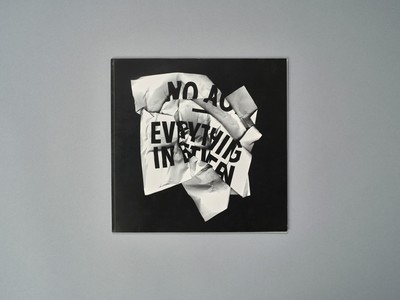
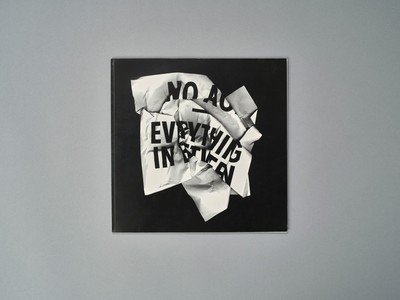
No Age, Everything in Between (2010)
For Paris 2024 they had to get the branding done by 2021, no comment on what was done…
Ew, always the case. Ah also, one day, working with New Order. That’s one of the bands that I’ve always enjoyed musically and visually. It’s one of my old-time favourite band as it’s probably for millions of other people but It would be great to do something for them.
What’s your view on business development and which part do you play in that? Do you want to expand?
We want to do bigger projects, but we never see ourselves like a design studio that has 100 employees, that’s not us.
How many are you at the moment?
We are 16 or 20 but we have many verticals, we have interiors & architecture, design & art direction, and then also, project managers, studio managers… We want to expand and do bigger projects, but we also want to build our own intellectual property, our own work and work for ourselves. Moving forward that’s sort of a big thing. We are able to make products and make ideas and develop things for others, but we want to make things that represent us.

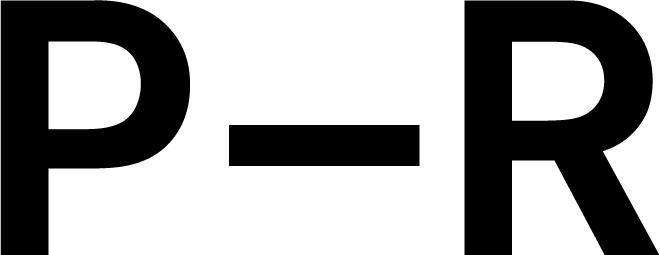
Are you thinking of designing products with your own brand?
Yeah, our own sort of brand, and what that becomes we are not quite sure but moving into the future our own IP is important to us.
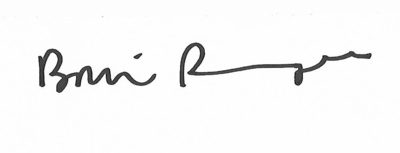
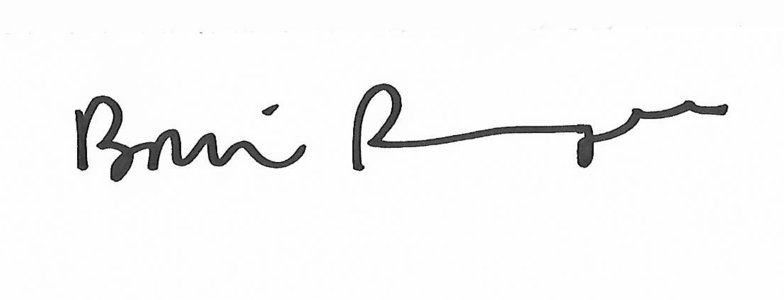
Is it still a work in progress or can you tell us more?
Maybe when you speak with Willo he will tell you more of it… it’s evolving into potentially making furniture… potentially… it’s still a conversation.
And fonts?
Yeah, publishing books, publishing fonts.
You’re well into typography, right? It’s a very interesting market.
I don’t ever see ourselves having a type foundry. For us, but at least for myself, font is always the starting mode of how I think about a project. What’s the typographic visual language, how is typography going to make people feel. Type can have so much emotion and so little emotion. Where do you find that balance when type can communicate an idea ? Every project has that and I love the fact that type can be a powerful component in a project. I think being a type foundry takes a different level of time and curiosity, it’s a different sort of wing of creativity that I would love to have, but I don’t think we would be a type foundry.
It’s a fascinating but really complicated business. just like editing furniture, you have designers, the licencing, the distribution, the rights…
It’s also this weird thing where you make this beautiful typeface and it’s yours… then you unleash it to the world and it’s no longer yours, you can see these beautiful typefaces you made and they can be used beautifully or can be used like shit (laugh). It could be used on something that can be seen everywhere but then has a different identity. It’s an interesting thing you’re creating ingredients for designers to make meaning.

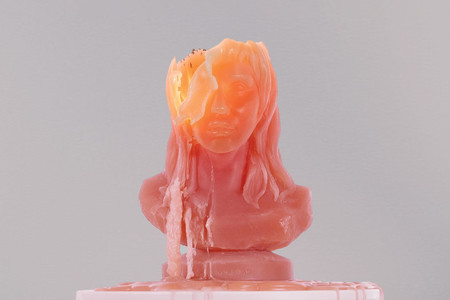
Kesha High Road LP/CD (2020)
When you launched the new identity, the website and the new Instagram… What were your thoughts ?
One of the things Willo and I were never good at, but we got much better, was documenting our own work. We went from one project to the next, and as soon as it was done, onto the next. We didn’t use to think ‘now that I finished this how is it going to live in the world that represents us? How do we document it? How do we photograph it? How do we make that last step of the project, make the images be as concrete as the project itself?’. We would finish something and were just with an iPhone quickly snapping a photo picture. We realised we were not giving our projects the love and the justice, the documentation that it needed. We made it a point to really focus on that, and put in the time to document our work the way we think about our work. Moving forward with our website and our Instagram, that became a big part of it.
How do you see the role of the website and your Instagram? Which role are they playing in your communication?
They are just purely there to showcase what we make and what we do. It’s purely about the work. We like to show our final products, our final projects, reveal a little bit of our work in progress, and process to tell the story of things that are soon to come. You will never see something hyper personal on our Instagram, maybe just a picture of us working or something on set. It’s never about us, it’s always about the work.
You both had separate accounts, you had so much work exposed before and so many followers and yet you started a new insta account ? What’s your idea ?
Yes we already have an account with 30k followers but we have a new studio and we like this idea of being ‘ok we are starting from ground up, let’s build this thing, let’s just start from scratch, that’s ok’. And I think people will find us.
For more than 10 years, I didn’t even have a website. We were doing massive projects, we didn’t have a website. I mean 90% of the work that we have done in the past is not even on our Instagram or our website… and you know, massive projects! We just don’t put them up because for us it’s about moving forward, showing the newest stuff. It’s ok as a designer and an artist to sort of edit yourself.
We will have a part of our website that will be called ‘Archive’ which is every project, even the ones that we’re embarrassed about… (laugh) that’s part of the story. And it’s good for us to look back at it and to remember stuff that we’ve done and for other artists and designers to see what we have done in the last × amount of years.
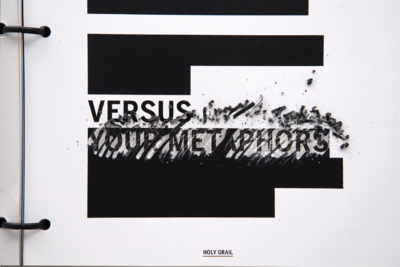
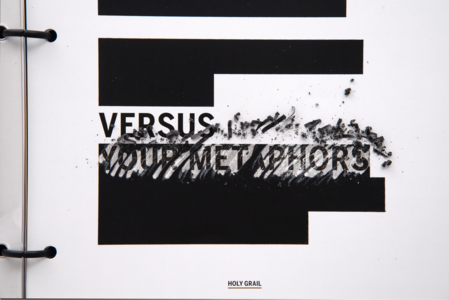
Jay Z, Magna Carta Holy Grail (2013)
In terms of your view of graphic design and typography, how do you find the current creative market?
In typography, I really like it because I feel there is much more room for experimentation. Type… everyone could make a sort of typeface that is 26 letters and make it work. But make something that is functional and practical and pushing the medium forward in the shape of letterforms… The restrictions in making a new typeface are so concrete, you know you have these letters, they have the functionality, but how can you push it super far… Does the world need another Censor typeface? Probably not, right? And every designer would probably agree but there is still probably a new one every day? Who knows, I keep up but not really… I love type, I love the experimentation and I love to see what people are doing. I read somewhere there is not such a thing as a bad typeface; it’s just how it’s used. You can make a really crappy typeface and depending on what it’s used for or how it’s used, it can make something interesting. With design there is this moment where it is just pulling from all these different cultures, moments and time. We are at that super referential moment where people are borrowing, stealing, re-mixing, regurgitating, swallowing, and regurgitating a regurgitated version of something of the past. It will be interesting to see in 10 years, to look back at this time to see if it has an identity or not… it always does but…

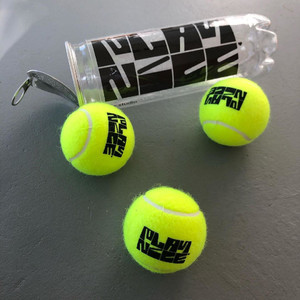
Inhouse project (2021)
What about the use of motion design, CGI work, used either for photo realistic approach or more creative approach… are there new practices you like or dislike?
It depends on what the idea is. It depends on who it’s for and what it’s for. My work tends to have a part in all of that, not that I know how to do it all, but I know how to communicate and think of how it can be done. I think as a designer we are constantly jumping from making something that’s print, making something that’s moving, making something that’s real, making something that’s 60 feet, making something that’s one inch. Of course I like making physical things that you can touch, hold and feel, that you can experience. Those are always the things I love. Things that exist only in the digital world come to me second…
You are more of a print man.
When I’m talking about physical, it’s also about objects we are making. We are just making custom bottles for certain brands. It’s nice to actually design an object, it’s about its design but also its practical use, its form, how is it used and what happens to it when it’s finished. That’s becoming a really important conversation about what we make, where does it go when it’s done. That’s becoming part of the idea thinking.
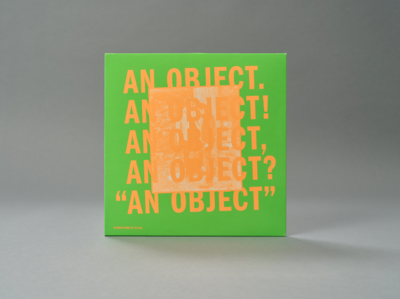
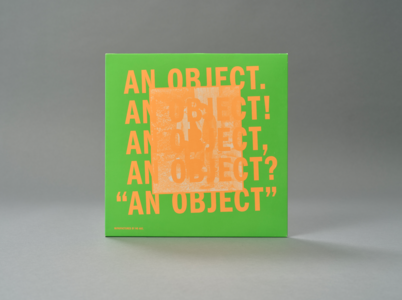
No Age, An Object (2013)
What’s this can that you are drinking? It’s not branded at all?
Yes it is. It’s this brand that we do, they are making a can version of the drink. That’s not the final version that’s just a sample… we have a few samples.


Brian’s initial drawings
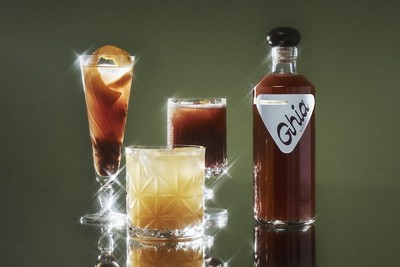

Ghia Branding
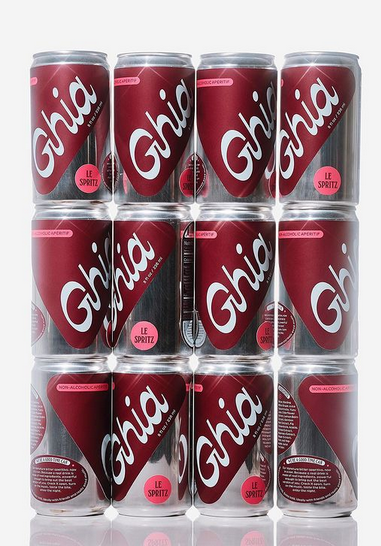

Ghia cans’ final branding
When you are recruiting young people, or designers what are you looking for?
Someone who is a sponge and who is super curious. Someone who wants to understand new ideas and references and the history of how to communicate design. Any designer that just wants to lean on existing ideas or pivot of existing ideas and not understand how important research is are not good for us… And people that are hyper technical are good but they need to be hyper technical with the ability to visually communicate, it’s always hyper important to us.
Those people may just get out of school and I heard an interview in which you were quite opinionated about design schools.
It’s mostly here in the States. Look I went to a design school and I went to an art school so I’m very much part of the system. I taught in design schools here and in Europe (ECAL). But I feel that at the moment the costs to go to these school are so astronomical, and mostly in private art school… How does a designer afford to go four years of college and come out with $ 100 000 to $ 200 000 in debts. You have to come from a privileged place to do that. It doesn’t sit well with me. Design should be for everybody and education should be free. Or at least affordable for everybody.
I think with what’s out there on the internet, classes online or learning by looking and by reading. There are a lot of designers that great designers that have no background of design education at all.
That said, I do think those schools really sort of shape you and teach you how to be a designer and that’s important but I’m just not comfortable with the cost of education…
I think in Switzerland, in Germany, Netherland, France… the schools are much more affordable. There are still probably expensive but it’s what? like 2 000 € or 25 000 €?
In France there are expensive private schools but there are also state schools that are nearly free and work on merits. Switzerland is not a good example as it’s actually quite expensive. In Europe you don’t go into as many debts as you do in the UK or the US…
Yeah, the debts to income ratio here for designers who are just graduating is so high, it’s crazy.
It puts so much anxiety on your job…
It forces you to get a job somewhere just because you need the money. You don’t have the ability to voice your own work or to start your own studio. I was lucky because school wasn’t as expensive as it is now, so I was able to have my own studio and work on the kind of project I did.
To finish we have a series of quick trivial questions. If you could do a similar job at any time in history, what would you do and when?
I would probably be a live sport caster, probably for a basketball team, somewhere in the past between the 70’s and 80’s. Totally different job!
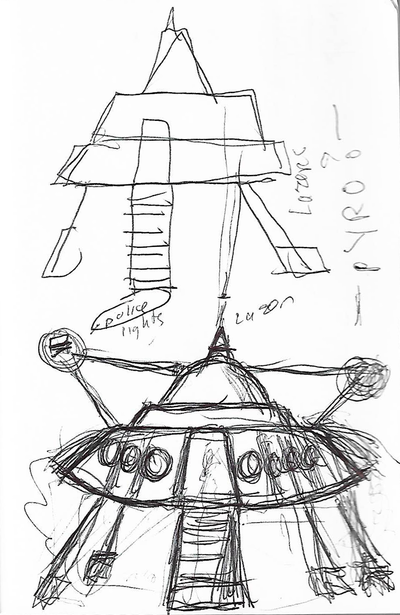
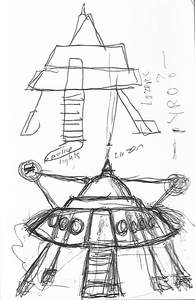
What are the books that have helped you?
I think you can find some inspiration from all books. Patrick Frey the Swiss publisher makes such beautiful books. I think…. I’m thinking about those 60’s and 70’s experimental publishers that were publishing literature like the French book club (le club français du livre) with Pierre Faucheux. A lot of the books of Dita the artist. Making books was part of his practice Ed Rusha’s books, Laurence Weiner whose work is primary typographic but as an artist he made loads of books and posters, those are a huge inspiration. Typographica the magazine, Emigre the magazine was the biggest inspiration once I got to design school. Also, the skateboard magazine Big Brother, I love. Slash magazine which I did a book on and sort of first wave punk magazines. I love all these things, so they’ve helped me.
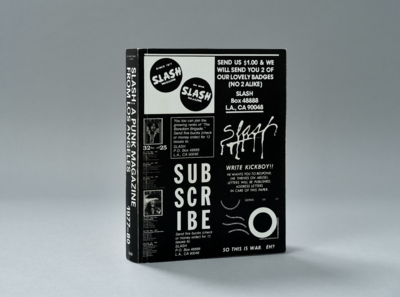
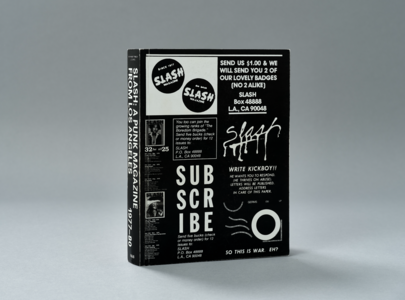
Slash: A Punk Magazine from Los Angeles, 1977-1980 (2016)
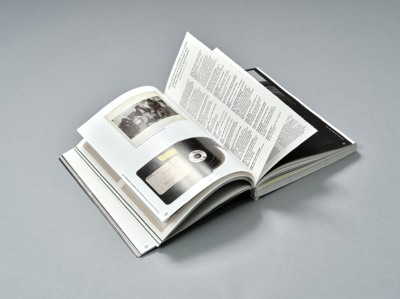
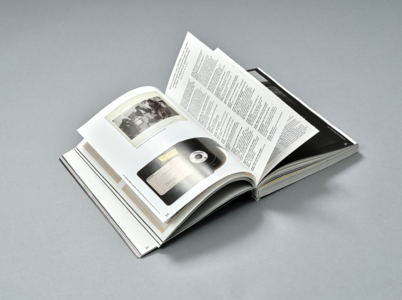
Slash: A Punk Magazine from Los Angeles, 1977-1980 (2016)
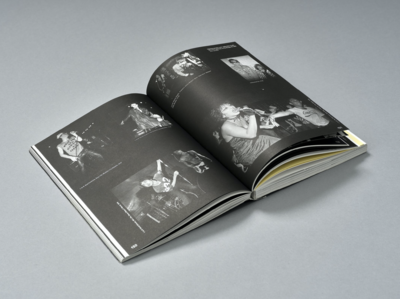
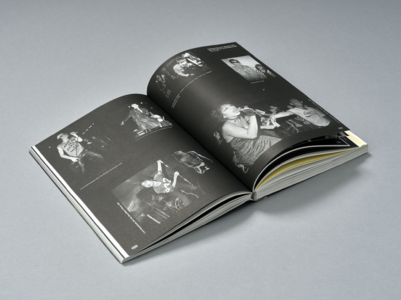
Slash: A Punk Magazine from Los Angeles, 1977-1980 (2016)
What’s your advice for young creative talent that start a career now?
Always make work for yourself even if you have a job. Make sure you don’t just clock and do work and go home and not make anything. It’s important to always use your time as a designer, it’s a form of your own expression, how you use your work to be personal, whether no one sees it or not.
Travel, be curious and don’t worry if things are good or bad, or right or wrong. Just make it and see what happens. Don’t worry about making mistakes, it’s really easy for designers to get tensed and caught up, especially early, and think about whether it’s going to be wrong. Mistakes, that’s how you learn and how you get better. I made gazillions of mistakes, but I never let them hinder my design process going forward. I also made loads of things that when I look back, I’m ‘err god’ but at the time they were right for what it was.
Not everything you make has to be timeless. You can make something that represents this contemporary moment, whether it’s dated in six months, six days, six years… it’s ok for things to not have to live and be timeless for ever. To have a timestamp. I love looking at things and think ‘that feels like 1998 to me!’ (laugh) I love that! it brings me back in time and it reminds me of now…
Well, that’s what is confusing, there is not a lot reminding us of 2020…
We are living in a collage culture… We are living at this point where things feel like other things, feel like other moment. People are pulling from here and here, this sort of schizophrenic version of itself…
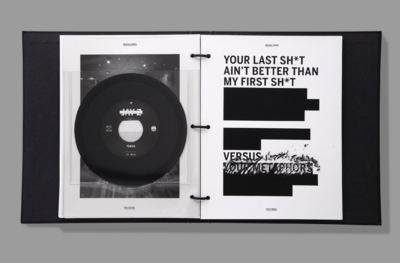

Jay Z, Magna Carta Holy Grail (2013)
Any specific advice for someone who would wants to start a career in LA?
It’s hard for people to move here, because it’s easy to spend a lot of time by yourself, in your home or in your car… it’s a commuter city. People move here and are really lonely. LA just takes time to get acclimated to. If you have a pool of people you know it makes it easier but don’t give up on LA so quickly. It takes a little bit of getting used to. It moves a bit slow at time. I’ve been here my whole life and I’m very much comfortable but there are so many pockets of this city that I’m not familiar with or have not really explored, there is so much to explore here, that makes it exciting.
Ok that’s it… but I’m curious about your sweatshirt? Fashion statement?
Oh… I’m just wearing it inside out… (laugh) It’s a comfortable sweater but… I wear loads of my clothes inside out… I’m like a teenager and anything with big graphics, well I’m like ‘I like the shirt’ but I wear it inside out.
